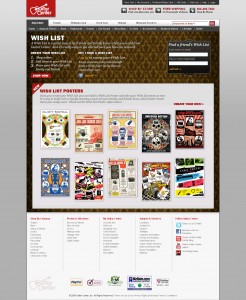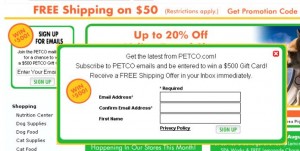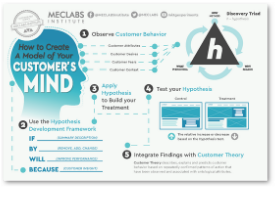Convincing Skeptics that Social Media Belongs in your Marketing Strategy
Last week, I sat in on a webinar presented by HubSpot and MarketingSherpa that discussed the importance of inbound marketing tactics for B2B lead generation. Sherpa’s research director, Stefan Tornquist, and Rick Burnes, Inbound Marketing Manager, HubSpot, shared data and real-life examples of how the combination of relevant content, social media and search engine optimization is helping marketers reach out to prospects and engage them in their nurturing funnels.
But as in many webinars, it was something from Q&A segment that really caught my ear.
One attendee asked how to get executive buy-in for a serious content development and social media marketing strategy. It seems this attendee’s boss, like some other C-level executives, isn’t convinced that content like videos, podcasts, tweets and blog posts really count as marketing — or that social networks are where marketers need to spend their time.
Here’s the advice that Stefan and Rick offered (with a bit of my own thoughts) to help explain the value of social media to C-level executives:
Tactic #1. Ask your bosses where they get their information
A simple conversation with executives can open their eyes to how much they use social media every day. Do they read blogs? Do they interact with their peers on social networks like LinkedIn?
You can point out that your team needs to create the same kind of content and features that attract them to these information sources.
Tactic #2. Show them the case studies
Most executives can relate to proven results, so provide examples of other companies that have achieved strong results from social media or inbound marketing. I’ve talked to several marketers who have numbers to demonstrate their success, such as:
– The team at Acoustics By Design, who created a company blog that now accounts for 53% of natural search visits to their site.
– The team at BreakingPoint systems, whose big push into blogging, Twitter, LinkedIn, and other channels helped increase unique Web visitors 155%. As a result, inbound Web visitors accounted for 55% of their leads, and 75% of their marketing-influenced pipeline.
Or just look at HubSpot’s own results: Rick Burnes said his team’s SEO leads have grown 12% since July 2008, and social media leads are up 72% in that same period.
– Tactic #3. Quietly launch a pilot program to prove the concept
If you’re able to operate with a lot of freedom, Rick Burnes suggested launching a small pilot program, like a blog or social network discussion group. Testing tactics and measuring the results you achieve on this small scale can give you the data you need to lobby for a broader push.













